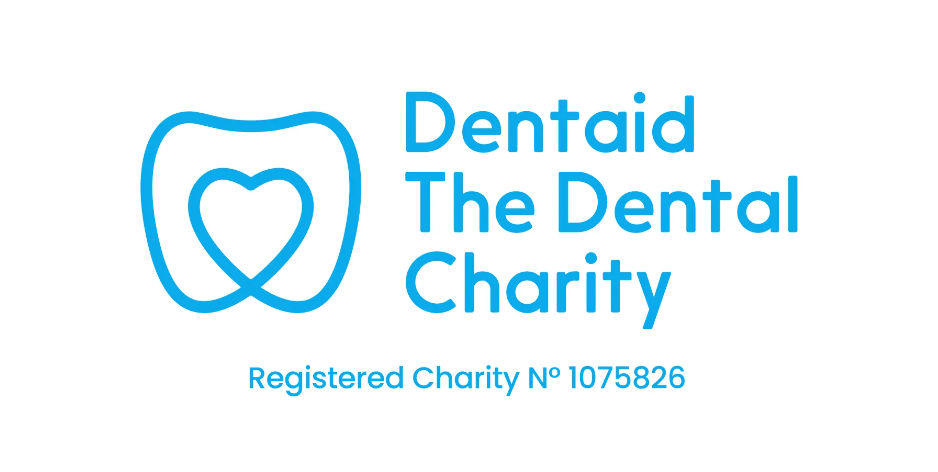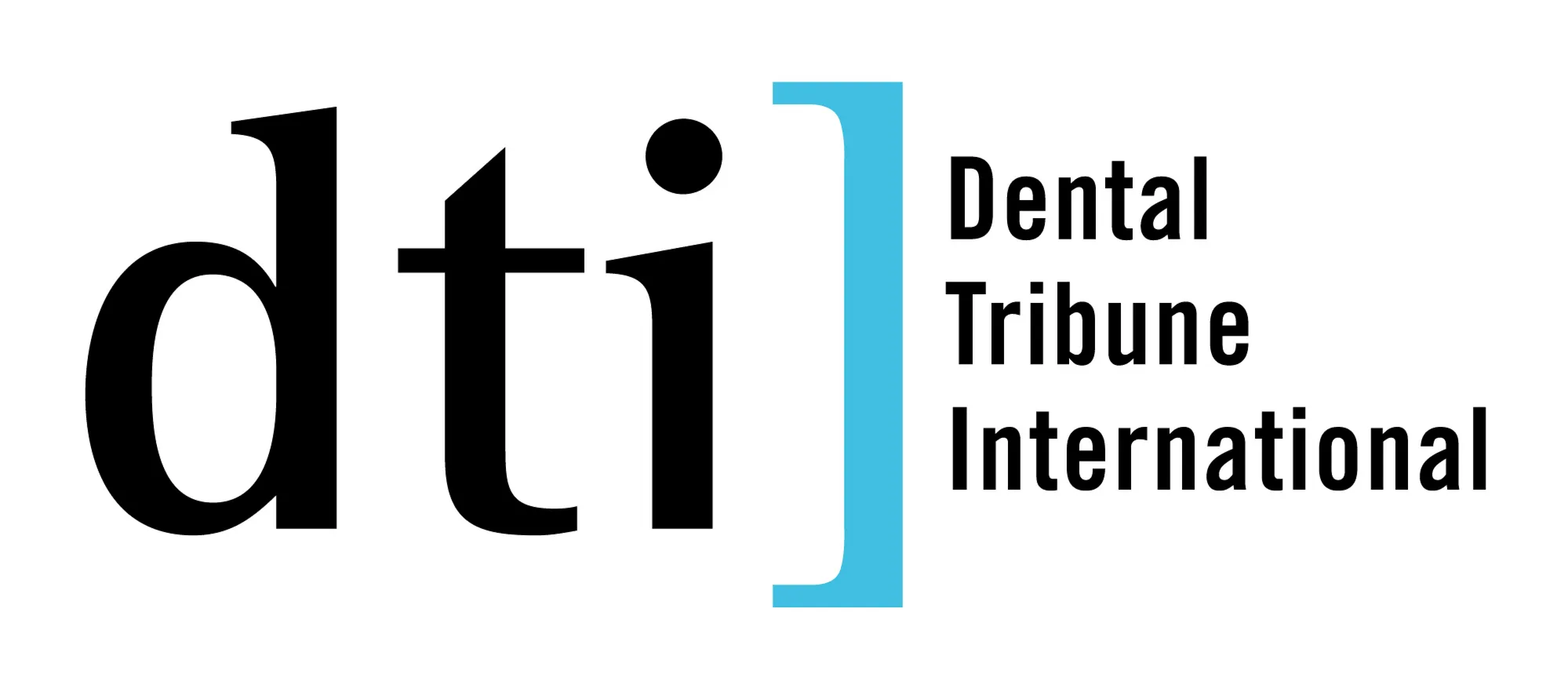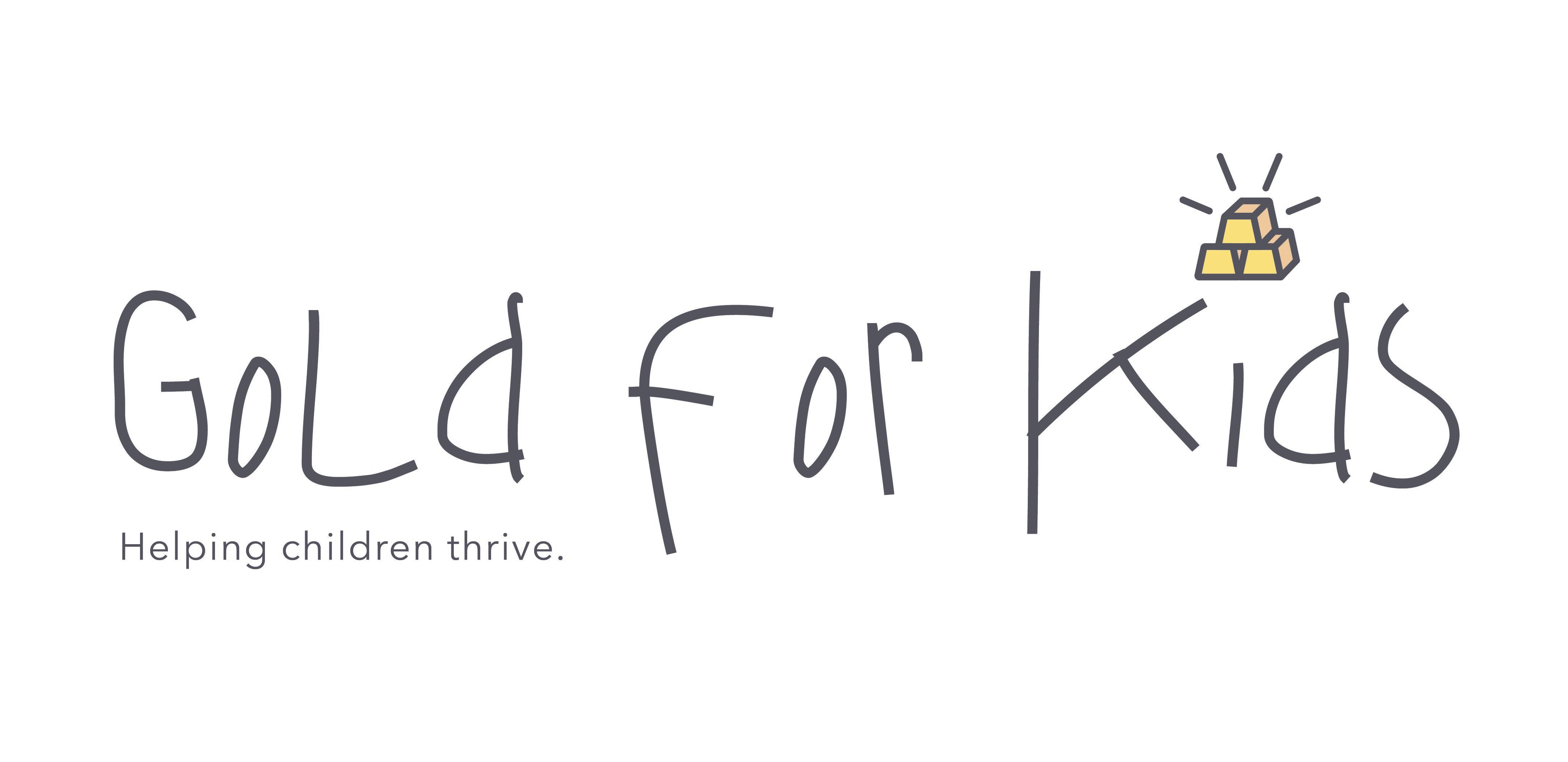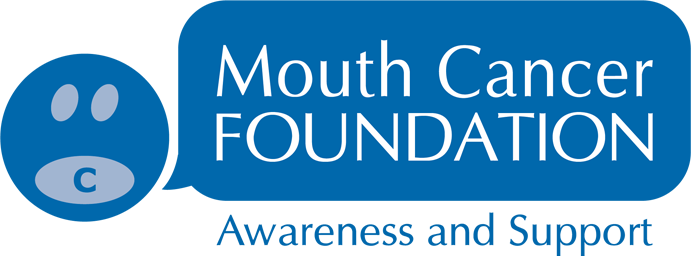Beyond the smile: the impact of clear aligners
)
The popularity of clear aligner therapy with patients is undeniable. It is therefore not surprising that more and more dental practices in the UK are offering this treatment option. However, while we often associate clear aligners with better aesthetic outcomes, there is much more that can be achieved with clear aligner therapy.
Dr Camilla (Millie) Morrison is a dentist with a special interest in aesthetic dentistry and clear aligner therapy. Passionate about teaching clinical techniques and mentoring her peers on clear aligner therapy, Millie will be speaking at this year’s British Dental Conference & Dentistry Show about the impact of clear aligners, both in terms of aesthetics and function.
“What I tend to find is that when we think about clear aligner therapy or orthodontics, a lot of the time we think very much about the aesthetic outcomes,” says Millie. “We’ll often think about how it can improve the smile, what the patient looks like, and what they see when they’re taking photos or looking in the mirror. However, we can actually do so much more with clear aligners.”
There are a number of ways that clear aligners can have an impact aside from pure aesthetic outcomes. According to Millie, “we need to think about things like function and the occlusion – both static and dynamic. And then there’s also the way that having straighter teeth impacts oral health in terms of the manually dexterity the patient needs to get around straight teeth versus crowded teeth.” What’s more, Millie notes that seeing patients more often during a course of clear aligner treatment can also positively impact their oral health. “When we’re doing prolonged treatments and we have lots of touchpoints with the patient, we can have so much more impact than if we just see them once a year or once every six months. This can really go a long way in improving patients’ perception of their ability to keep their teeth clean and choose better diets.”
Millie feels that it’s important for dentists to be confident talking to patients about the full range of benefits of clear aligner therapy as this can build trust and a better relationship with patients. “Obviously, aesthetics are important, but we need to remember the other elements too so we can talk to our patients in a very clinical way. What I tend to find is that a lot of dentists don’t want to talk about teeth straightening or clear aligner therapy because they feel that they’re going to come across as a salesperson and they don’t want to be a salesperson. But actually, if we do spot something with the function or the occlusion, if we think about tooth wear anteriorly, then it’s our duty of care to bring that up and tell the patient that clear aligner therapy is an option that they have.”
Millie knows that starting out in clear aligner therapy can be overwhelming but highlights that the ongoing benefits of offering this treatment massively outweigh any initial teething problems. “I think it’s just a case of starting. I know it can be a little daunting and I certainly didn’t get off to the smoothest start. I flipped between clear aligners and fixed appliances while I was trying to find my groove. But then I landed on clear aligners for numerous reasons. Some of these were the patient comfort aspect, ease, and the ability to do all the planning away from the patient. So actually my days in clinic are really stress-free, and there’s not that fire-fighting that I used to have to do with fixed appliances.”
Practice makes perfect, and Millie recommends starting off with simpler cases and finding a mentor who can help you progress. “My advice for getting started would be to find those low-hanging fruits. These are the easy, simple cases where you can practice putting attachments on, taking attachments off, doing IPR if you need to. It’s also important to work with someone more experienced, whether that’s somebody within your practice or an external mentor. Surround yourself in it and be curious. When I first started working with clear aligners, I honestly did think it was just a tooth-straightening appliance purely for aesthetics. It’s only when I became more curious and I really started to fall in love with what clear aligners can give patients that I realised that there is actually so much more to it. And then it brought me so much more joy in terms of the work I was doing.”
One piece of technology that has revolutionised the provision of clear aligners and many other dental treatments in recent years is the intraoral scanner. Millie states that “I think everyone will agree that intraoral scanners have made a huge difference. I always say that it’s a really bad day if the scanner’s not working! From a digital dentistry point of view, thinking about ease of use, comfort for the patient, and time efficiency, these intraoral scanners really have been fantastic.”
Millie is also excited about how AI is transforming dental practice. “If we think about all the ways that AI is able to simulate outcomes almost immediately with the patient in the chair, it means we’re able to communicate with the patient so much more easily. And while my aim is always to create very trusting relationships with my patients, patients often naturally don’t trust us. So actually having that AI technology with us to support what we’re saying makes a big difference for the patient as well.”
As well as sharing her tips for clear aligner therapy with delegates during her speaking session at the British Dental Conference & Dentistry Show, Millie is also looking forward to catching up with friends and colleagues at the event. “I really enjoy going to these sorts of events and getting to see my dentistry family. We all spend most of our time working in between our four white walls but what I really enjoy about going to conferences is seeing other people speak, hearing their ideas, listening to different points of view, and getting new updates. Spending time around other dentists in a more relaxed environment is so important because otherwise it becomes a very lonely profession.”


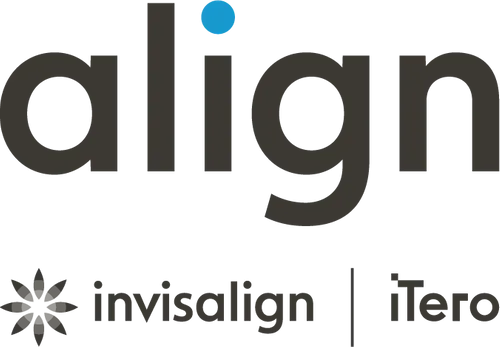







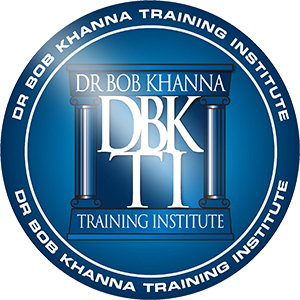





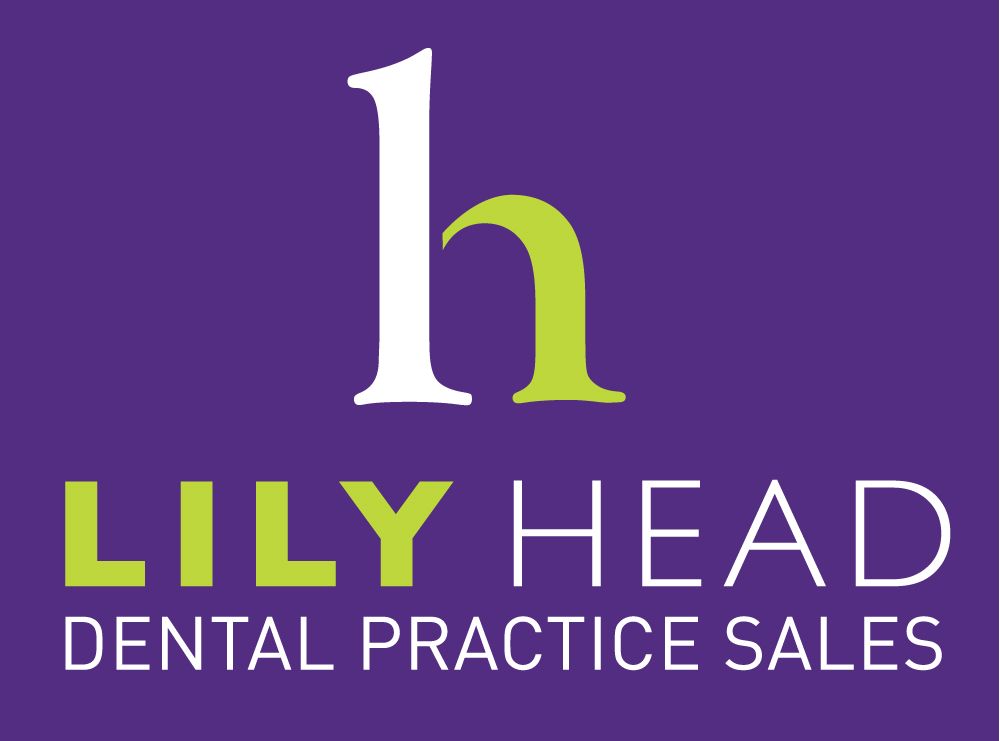
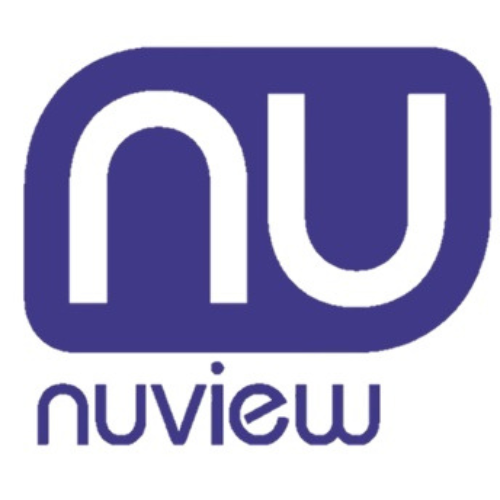





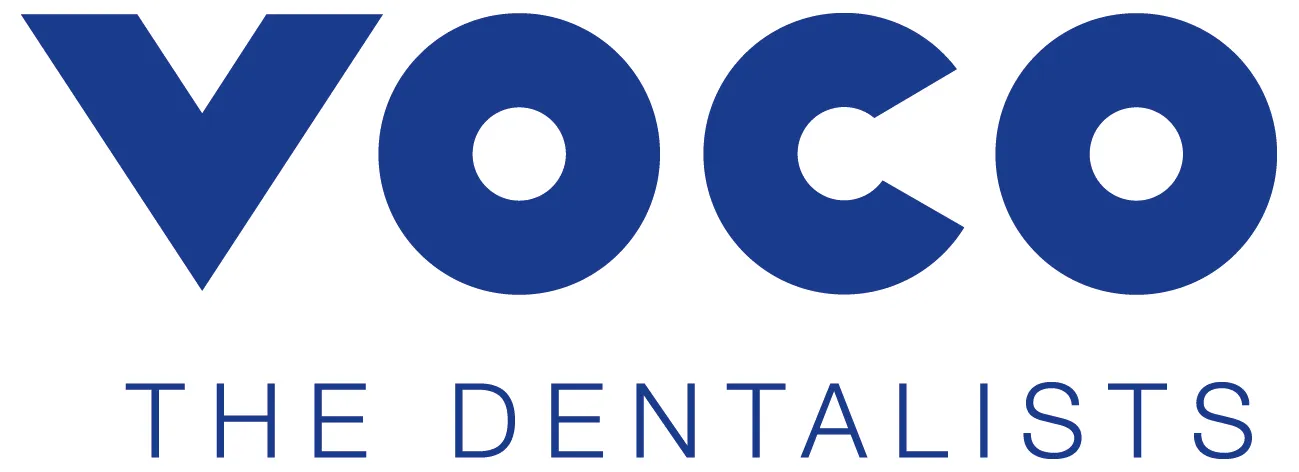




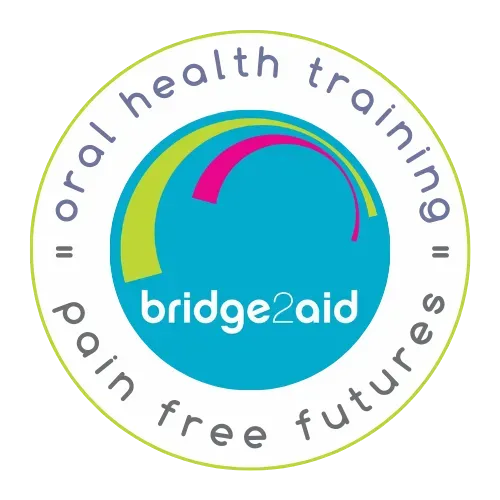


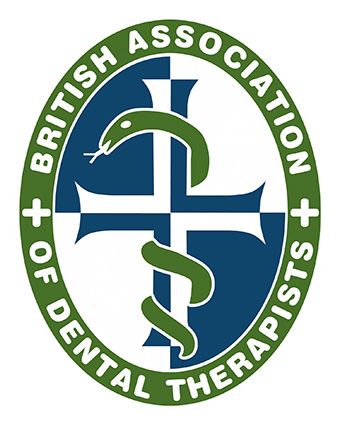


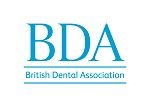
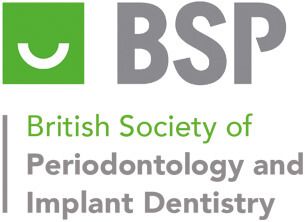
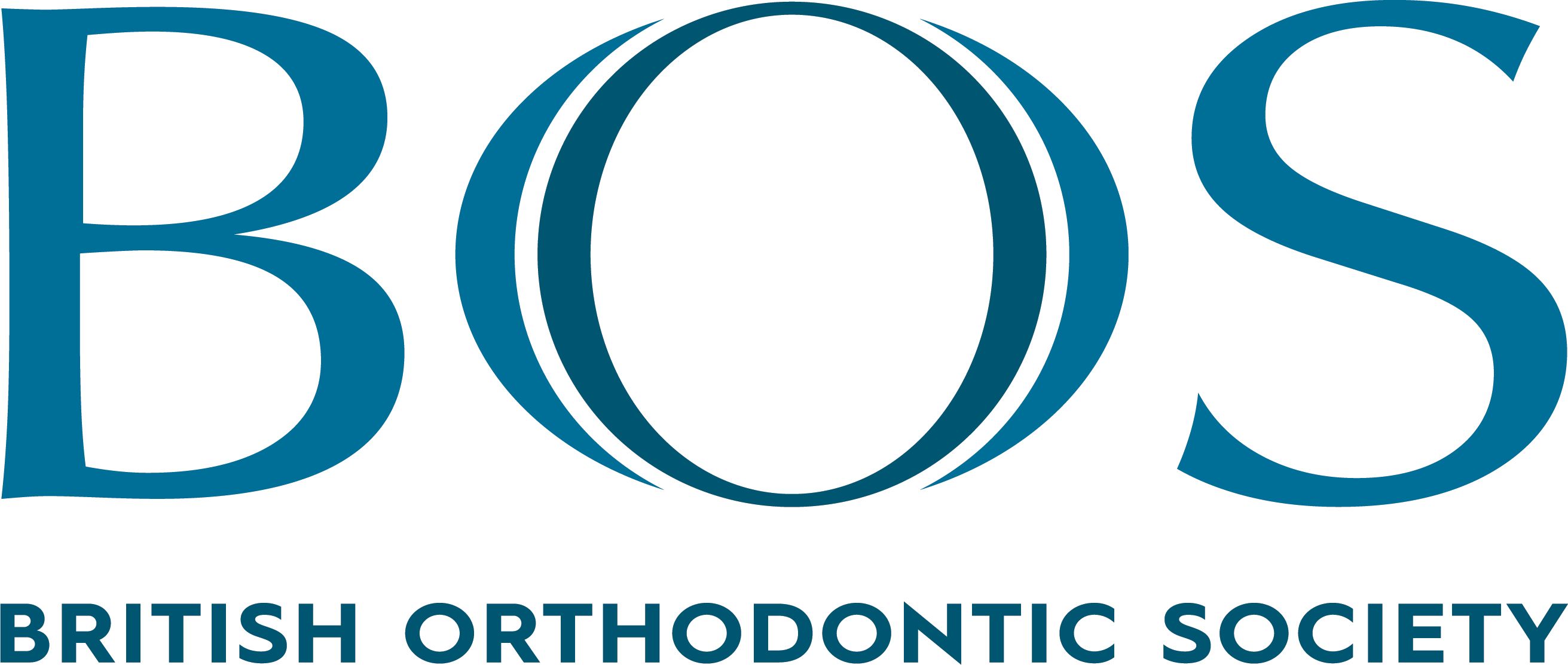


.png)
